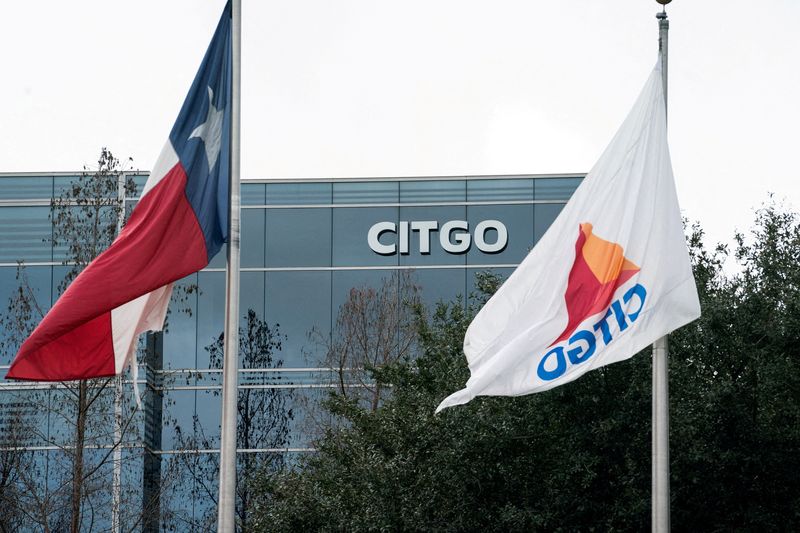Ang Kar Yong
4 min read
In This Article:
Silver price (XAGUSD) reached a 13-year-high of $37.30 per ounce (oz) on 18 June. Although the price has pulled back slightly since then, it has remained well-supported above the critical 35.00 mark amid recent market volatility driven by geopolitical escalation in the Middle East. Kar Yong Ang, Octa’s financial market analyst, shares his expert outlook on the recent silver rally, its reasons, and potential scenarios for traders to mind.
On 2 June, XAGUSD recorded its best daily performance in more than six months, rallying by more than 5% in a single day as a weakening dollar and a combination of geopolitical risks and economic uncertainty fuelled investor demand for safe-haven assets. The rally did not stop there and silver prices continued to increase, hitting a 13-year high in two weeks as the tensions between Israel and Iran escalated further. Previously, this year, the market anticipated that the $40 per oz milestone is a real possibility, and the recent growth makes it even more real.
Silver can be considered one of the best-performing commodities recently, outpacing many base and ferrous metals. The YoY (year-over-year) price increase is more than 20%.
One of the key reasons for the 2025 rally is the so-called ‘safe-haven rush’, as investors, spooked by the escalating geopolitical instability across various regions, flock to traditionally secure assets. While gold has historically been the primary destination for investors looking to protect their capital, silver is increasingly gaining traction as well because gold has become a bit too expensive. Indeed, the gold/silver ratio, which shows how many ounces of silver are needed to buy one ounce of gold, has consistently stayed above 90 for most of 2025. When compared to the long-term historical average of 50-60 ounces, the current high ratio suggests that silver is significantly undervalued relative to gold, making it an attractive alternative for investors.
Another contributing factor to silver’s recent appeal is the weakening U.S. dollar. Its depreciation is largely attributed to uncertainty surrounding U.S. trade policy, particularly the impact of new ‘Trump tariffs’, and the anticipated interest rate cuts by the Federal Reserve (Fed). In fact, the U.S. Dollar Index (DXY) has been trending down for most of 2025, pushing other currencies higher and thus marking dollar-priced silver more affordable for holders of other currencies.
Besides investors’ demand, silver price growth is fueled by its wide industrial application. The metal is actively applied in solar energy, electronics, and auto manufacturing. For example, recent technological advancements in higher-efficiency N-type solar cells that have seen mass production require more silver loadings[1]. The automotive sector increases the use of electronic components and invests in battery charging infrastructure. Consumer electronics feature AI applications, which also rely on silver[2]. These and other factors drive increasing industrial silver demand, which has steadily grown since 2020, according to WisdomTree data[3]. The industrial demand is expected to be a key force of the silver supply/demand deficit, which takes place for a fifth consecutive year[4].













